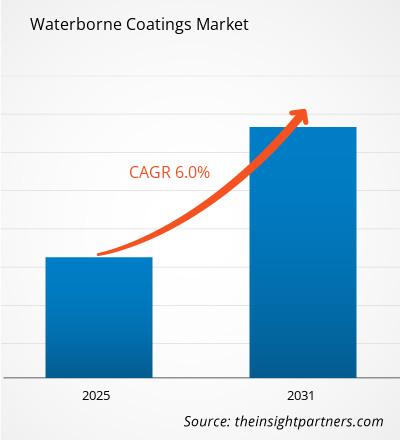Key Trends Shaping the Peptide API Market Landscape
Overview
The Peptide API Market continues to evolve as cutting-edge technologies redefine peptide drug development. Increasing acceptance of peptide-based therapies, combined with improved manufacturing capabilities, is positioning the market for exponential expansion. The industry’s evolution reflects heightened interest in peptide conjugates, longer shelf-life formulations, and therapeutic precision. For a comprehensive overview, access the updated Peptide API market trends
analysis detailing pipeline innovations, market shifts, and investment scenarios.
Get Full Reports:https://www.marketresearchfuture.com/reports/peptide-api-market-40143
Market Insights
The transition from traditional synthesis methods to advanced hybrid systems marks a significant technological leap. Companies are also focusing on sustainable practices by adopting green chemistry approaches. This focus on environmental responsibility and quality optimization is expected to enhance brand equity and market penetration. Partnerships between biotech firms and academia are fostering innovation in peptide stability and bioavailability enhancement.
FAQs
Q1. Which trends are most influential in shaping the peptide API industry?
A1. Automation, sustainability, and personalized peptide therapeutics are top trends.
Q2. How are companies addressing peptide degradation issues?
A2. Through formulation improvements and encapsulation technologies.
Q3. What role does collaboration play in innovation?
A3. Collaborations foster knowledge exchange and accelerate R&D efficiency.
Overview
The Peptide API Market continues to evolve as cutting-edge technologies redefine peptide drug development. Increasing acceptance of peptide-based therapies, combined with improved manufacturing capabilities, is positioning the market for exponential expansion. The industry’s evolution reflects heightened interest in peptide conjugates, longer shelf-life formulations, and therapeutic precision. For a comprehensive overview, access the updated Peptide API market trends
analysis detailing pipeline innovations, market shifts, and investment scenarios.
Get Full Reports:https://www.marketresearchfuture.com/reports/peptide-api-market-40143
Market Insights
The transition from traditional synthesis methods to advanced hybrid systems marks a significant technological leap. Companies are also focusing on sustainable practices by adopting green chemistry approaches. This focus on environmental responsibility and quality optimization is expected to enhance brand equity and market penetration. Partnerships between biotech firms and academia are fostering innovation in peptide stability and bioavailability enhancement.
FAQs
Q1. Which trends are most influential in shaping the peptide API industry?
A1. Automation, sustainability, and personalized peptide therapeutics are top trends.
Q2. How are companies addressing peptide degradation issues?
A2. Through formulation improvements and encapsulation technologies.
Q3. What role does collaboration play in innovation?
A3. Collaborations foster knowledge exchange and accelerate R&D efficiency.
Key Trends Shaping the Peptide API Market Landscape
Overview
The Peptide API Market continues to evolve as cutting-edge technologies redefine peptide drug development. Increasing acceptance of peptide-based therapies, combined with improved manufacturing capabilities, is positioning the market for exponential expansion. The industry’s evolution reflects heightened interest in peptide conjugates, longer shelf-life formulations, and therapeutic precision. For a comprehensive overview, access the updated Peptide API market trends
analysis detailing pipeline innovations, market shifts, and investment scenarios.
Get Full Reports:https://www.marketresearchfuture.com/reports/peptide-api-market-40143
Market Insights
The transition from traditional synthesis methods to advanced hybrid systems marks a significant technological leap. Companies are also focusing on sustainable practices by adopting green chemistry approaches. This focus on environmental responsibility and quality optimization is expected to enhance brand equity and market penetration. Partnerships between biotech firms and academia are fostering innovation in peptide stability and bioavailability enhancement.
FAQs
Q1. Which trends are most influential in shaping the peptide API industry?
A1. Automation, sustainability, and personalized peptide therapeutics are top trends.
Q2. How are companies addressing peptide degradation issues?
A2. Through formulation improvements and encapsulation technologies.
Q3. What role does collaboration play in innovation?
A3. Collaborations foster knowledge exchange and accelerate R&D efficiency.
0 Kommentare
0 Geteilt
70 Ansichten
0 Bewertungen


